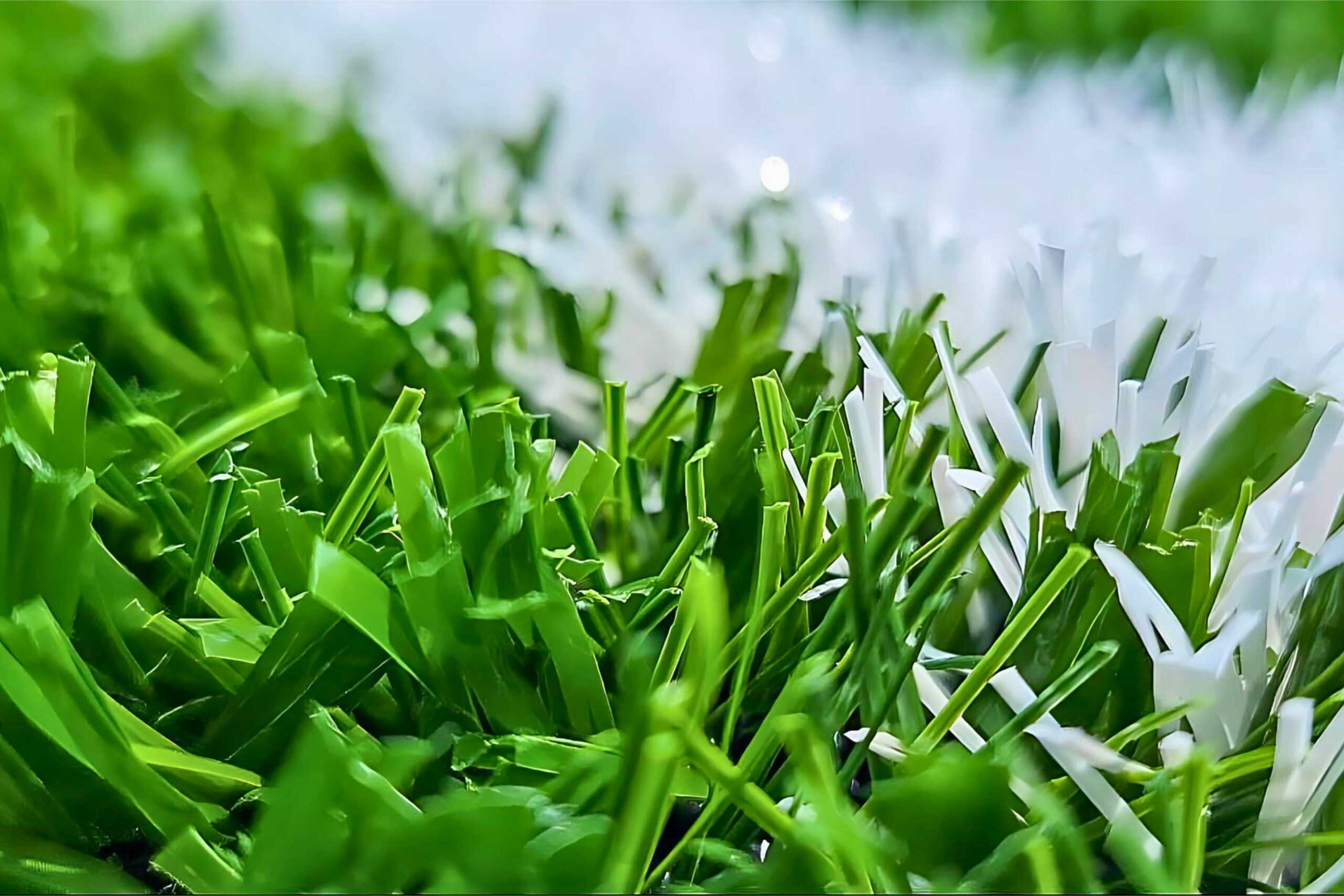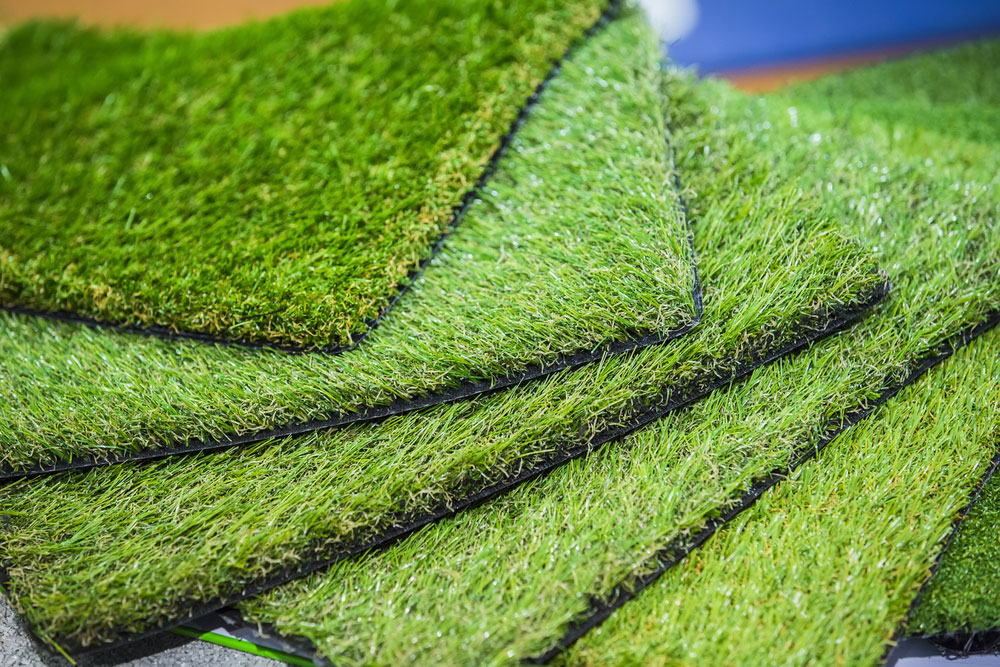Look Into the Environmental Perks of Opting for Synthetic Grass Solutions
The adoption of synthetic lawn options offers a compelling opportunity to deal with pushing environmental challenges. By substantially reducing water usage and decreasing the application of harmful chemicals, these alternatives not just advertise sustainable landscape design but also shield regional environments. In addition, the lower carbon impact connected with decreased maintenance tasks contributes to an extra lasting technique to land monitoring. Nevertheless, the ramifications of these advantages prolong past plain preservation efforts, elevating concerns regarding their long-lasting effect on habitat conservation and total eco-friendly balance. Discovering these dimensions exposes a complex interplay worth thinking about.
Water Preservation Advantages
One of the most considerable benefits of man-made grass is its ability to conserve water. In comparison, man-made grass does not need watering, dramatically lowering the overall demand for water sources.
By removing the requirement for normal watering, synthetic grass adds to lasting landscape practices and assists minimize the ecological influence of extreme water consumption. The conservation of water extends to the reduction of overflow, which can lead to soil disintegration and river contamination.
In addition, the installation of fabricated grass enables property owners and communities to assign water sources much more effectively, concentrating on crucial uses such as drinking water and agriculture. The change towards artificial lawn not only promotes liable water usage but additionally lines up with wider ecological goals focused on protecting natural deposits.
As communities increasingly focus on sustainability, the water preservation benefits of synthetic grass offer a compelling situation for its adoption in commercial and household landscape design tasks.
Decreased Chemical Usage
The shift to man-made lawn dramatically decreases the dependence on chemical treatments commonly made use of in natural turf maintenance. Conventional lawn monitoring normally includes the application of herbicides, fertilizers, and pesticides to advertise growth and control bugs. These chemicals can pose risks to human wellness, local wildlife, and the environment, contributing to soil and water contamination.
On the other hand, synthetic grass removes the demand for these unsafe substances. Once mounted, it requires marginal maintenance, mostly containing regular cleansing and infrequent infill replenishment. This reduction in chemical usage not only benefits the immediate atmosphere but also adds to more comprehensive eco-friendly stability. By decreasing the launch of artificial compounds into the ecological community, synthetic grass advertises healthier soil and water systems.
Furthermore, the lack of chemical runoff connected with artificial turf installations helps shield local waterways from contamination, sustaining aquatic life and keeping biodiversity. Artificial turf companies phoenix. As communities significantly prioritize lasting techniques, choosing for synthetic grass offers a practical remedy that lines up with ecological conservation goals. With this change, residential property proprietors can take pleasure in lavish eco-friendly areas without endangering environmental health, leading the way for an extra lasting future
Reduced Carbon Impact

Moreover, the installment of artificial turf can lead to substantial water conservation. Natural grass need substantial amounts of water for watering, which not just includes in the carbon footprint connected with water removal and therapy however additionally pressures local water Read Full Report resources. In comparison, synthetic grass requires minimal upkeep, requiring no watering, thus significantly decreasing water usage and its linked power expenses.
In addition, the durability of synthetic grass adds to its reduced carbon impact. With a life expectancy of up to 15 years or more, the demand for regular substitutes is lessened, causing much less waste and lower energy consumption in manufacturing and disposing of standard turf alternatives. Overall, fabricated lawn provides a sustainable option for ecologically mindful landscape design.
Habitat Preservation
Environment preservation is a critical factor to consider in the discussion over landscaping choices, specifically when contrasting synthetic grass to all-natural turf. Natural turf yards often need substantial upkeep, consisting of the use of chemicals, plant foods, and herbicides, which can negatively influence neighborhood ecosystems. These chemicals can seep right into the soil and rivers, harming indigenous flora and fauna and interrupting local habitats.
On the other hand, artificial lawn offers a chance to decrease content the ecological footprint of landscaping. By selecting artificial turf, property owners can minimize the disturbance of all-natural habitats connected with standard lawn treatment methods. Synthetic grass removes the requirement for hazardous chemicals, consequently shielding neighboring wildlife and keeping the stability of bordering communities. The setup of fabricated turf can lead to the conversion of former turf areas into even more biodiverse landscapes, such as pollinator gardens or indigenous plant areas, which can sustain neighborhood wild animals.
Ultimately, the transition to synthetic grass not just conserves water and decreases maintenance efforts however likewise fosters an extra unified partnership in between human activities and the native environment, promoting environment preservation at the same time.
Long-Term Sustainability
Long-term sustainability is an important element in assessing the advantages of synthetic grass over standard lawn yards. Among the most considerable advantages of synthetic grass is its resilience; it can last up to 15-20 years with very little maintenance, whereas natural turf needs frequent reseeding and replacement. This longevity minimizes the requirement for continuous resources, such as water, fertilizers, and pesticides, which are necessary for preserving a healthy yard yard.
In addition, artificial lawn adds to a reduction in carbon discharges connected with lawn treatment equipment. Conventional lawns usually need gas-powered lawn mowers, leaners, and blowers, every one of which add to air pollution. Phoenix turf companies. In comparison, synthetic grass gets rid of the need for such tools, advertising a cleaner atmosphere
In addition, the production of synthetic lawn significantly uses recycled products, enhancing its sustainability account. As suppliers take on green methods, the environmental impact of synthetic turf remains a fantastic read to diminish.

Final Thought
The fostering of synthetic turf solutions presents substantial environmental advantages, consisting of considerable water preservation, decreased reliance on harmful chemicals, and a reduced carbon impact. Additionally, fabricated lawn aids in protecting natural environments by decreasing land disturbance and promoting long-lasting sustainability with the use of durable products. Jointly, these aspects highlight the possibility of fabricated grass to contribute favorably to ecological health and supply a feasible option to standard landscaping methods in a significantly resource-conscious globe.
In contrast, artificial lawn does not require watering, considerably decreasing the general need for water sources. By lessening the release of synthetic substances into the ecological community, synthetic lawn advertises much healthier soil and water systems.
Moreover, the setup of man-made grass can result in substantial water conservation. In comparison, synthetic lawn requires marginal upkeep, needing no watering, thus significantly lowering water usage and its linked energy expenses.
